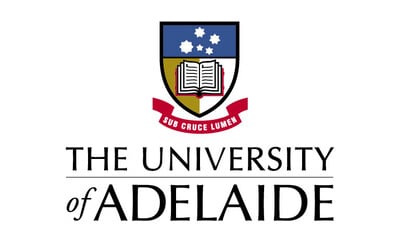Lumen Wirltuti:Warltati 2025 - Flipbook - Page 9

The technology automates behaviour tracking, reducing observer
bias and enabling 24/7 monitoring. The current system achieved an
88% accuracy rate, with strong recognition performance for certain
individuals.
“This enhances zookeepers’ ability to monitor orangutan wellbeing, providing real-time data that supports individualised care
plans, enrichment activities, and health monitoring,” Vernon says.
“Future developments will focus on expanding the dataset to
improve recognition accuracy, integrating emotion-based enrichment
triggers, and developing a real-time mobile app for keepers to access
live behavioural insights. By leveraging AI and automation, we aim to
set new standards in zoo-based animal welfare assessment, offering
scalable solutions that can be adapted for other species.”
Separately to the research he is collaborating on with Zoos SA,
Vernon is working to try to help with the critical decline of the
population of Australian sea lions.
He and his team have designed a portable, detachable shelter
specifically for Australian sea lion pups in South Australia. The
concept focuses on environmental adaptability, protection from
harsh weather, and disease prevention.
“The ongoing development of AI, remote sensing and
robotics will continue to create more opportunities for humans to
understand, preserve and protect wildlife,” Vernon says. “These
have been great projects to play a leading role with and have
enabled us to deeply involve our students in research with clear
real-world benefits.”
As for the future of such hi-tech engagements with the animals
under her care at Monarto, Rachel Hemming says: “We would love
to do more things like this. If we had more opportunities like this to
generate some action to the feeds that we do there would be really
big benefits.
“Painted dogs are notoriously quite difficult to manage in
captivity because they are quite complex. So, if you have these
activities that help to bond and strengthen relationships, it means
you have a pack that’s more cohesive. When you don’t have a
cohesive pack, you can start to see fights break out. Having these
more natural activities means the dogs can interact with each other
in a more natural way, and it benefits all of them.”
Mark Douglas is Editor of Lumen. Photos by Isaac Freeman, Lumen
photographic editor, and main image of Kluet the orangutang supplied
by Adrian Mann.
“The shelter features an insulated, climate-regulated enclosure to
mitigate the impact of temperature fluctuations,” Vernon explains.
“To address the problem of hookworm infections, the design
includes anti-parasitic flooring materials that minimise direct
exposure to contaminated sand. Furthermore, the shelter is
equipped with solar-powered cameras and sensors, allowing
real-time monitoring of pup behaviour, environmental conditions,
and potential threats.”
Currently this project exists only on paper, while Vernon seeks
funding to support prototype construction, testing, and large-scale
deployment in field trials.
It’s hoped the proposed modular design will ensure that the
shelters can be easily transported, assembled, and deployed in
remote breeding sites, particularly in areas such as Kangaroo
Island and Dangerous Reef, where pup mortality rates have
historically reached 30-50%.
LUMEN